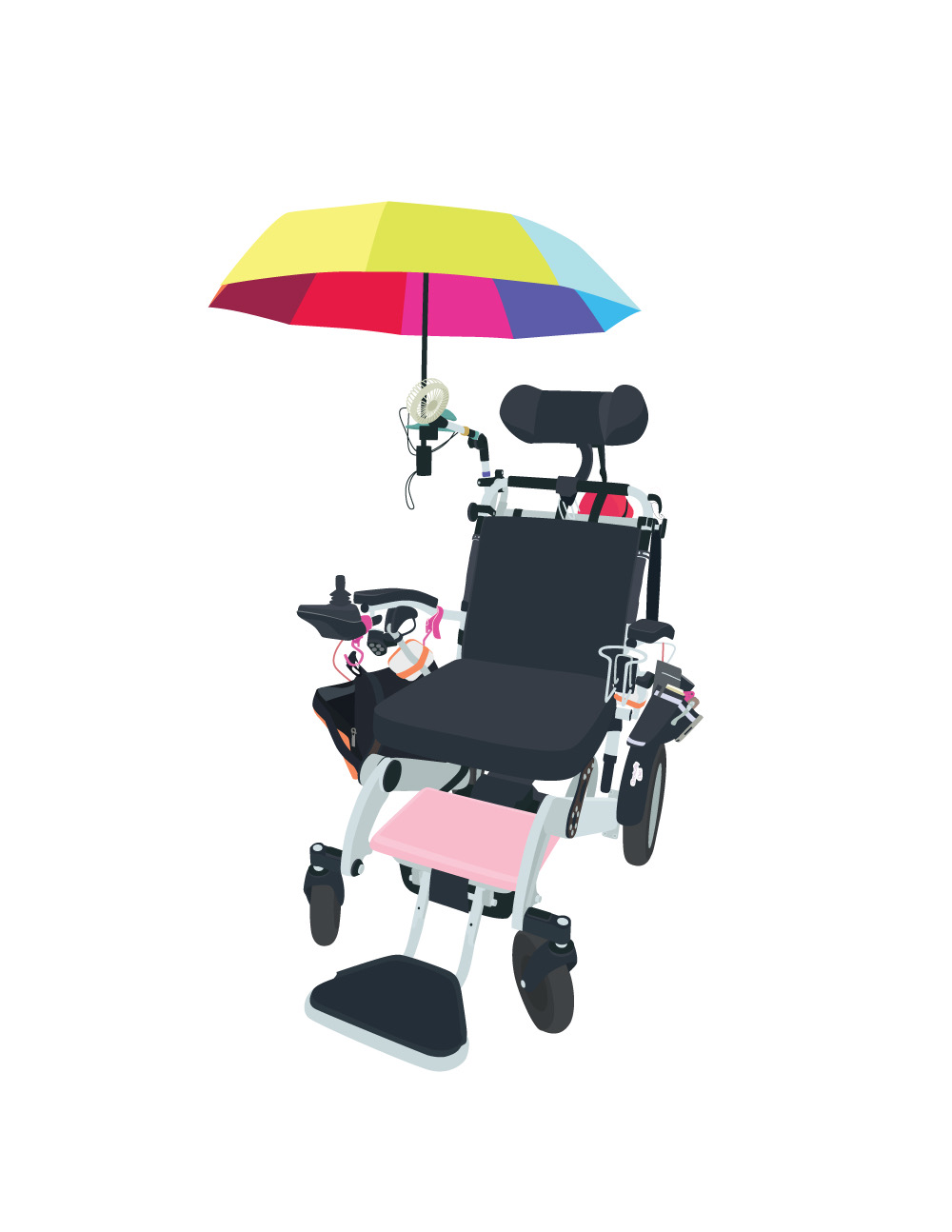Stimpunk combines “stimming” + “punk” to evoke open and proud stimming, resistance to neurotypicalization, and the DIY culture of punk, disabled, and neurodivergent communities. Instead of hiding our stims, we bring them to the front.

Everything that was normally supposed to be hidden was brought to the front.
Punk subculture – Wikipedia
It’s about rejecting pity, inspiration porn, & all other forms of ableism. It rejects the “good cripple” mythos. Cripple Punk is here for the bitter cripple, the uninspirational cripple, the smoking cripple, the drinking cripple, the addict cripple, the cripple who hasn’t “tried everything”. Cripple Punk fights internalized ableism & fully supports those struggling with it. It respects intersections of race, culture, gender, sexual/romantic orientation, size, intersex status, mental illness/neuroatypical status, survivor status, etc. Cripple Punk does not pander to the able bodied.
what are the principles of cripple punk? Are there any rules?
Before I discovered Cripple Punk – a term originating as an angry post on someone’s blog and transforming into a global movement for disability pride – it never occured to me that I could like my leg braces.
Cripple Punk: The hashtag that helped me wear my disability with pride | Life
Genderpunk: a colloquial term for culture and resistance against gendernormativity; an identity that in and of itself is a resistance against gender norms, homophobia and transphobia, oppression and societal status
Your gender has nothing to do with your eligibility to be genderpunk. If you agree with the mindset, no matter how you identify, you can be a part of the movement. .
Have A Gay Day : What is ‘Genderpunk’?
☂️ Our Umbrella: Are You a Stimpunk?
Disability and neurodivergence are broad umbrellas that include many people, possibly you. The neurodivergent umbrella includes a diversity of inherent and acquired differences and spiky profiles. Many neurodivergent people don’t know they are neurodivergent. With our website and outreach, we help people get in touch with their neurodivergent and disabled identities. We respect and encourage self-diagnosis and community diagnosis. #SelfDxIsValid, and our website can help you understand your ways of being.
If you are wondering whether you are Autistic, spend time amongst Autistic people, online and offline. If you notice you relate to these people much better than to others, if they make you feel safe, and if they understand you, you have arrived.
A communal definition of Autistic ways of being
Though our direct aid focuses on neurodivergent and disabled people, anyone can be a Stimpunk. All neurotypes welcome. All abilities welcome. All bodyminds welcome. Allies welcome!
It is time to celebrate our interdependence!
The notion of disability in our society is underscored by a bizarre conception of “independence”.
The Myth of Independence: How The Social Model of Disability Exposes Society’s Double Standards » NeuroClastic
It is time to celebrate our interdependence!
Collaboration allows us to create genuinely safe spaces for autistic and otherwise neurodivergent people.
To face the challenges of the future, we’ll need the problem-solving abilities of different types of minds working together.
The Best Autism Books, recommended by Steve Silberman

Do you know why we have the sunflowers?

Do you know why we have the sunflowers? It’s not because Vincent van Gogh suffered. It’s because Vincent van Gogh had a brother who loved him. Through all the pain, he had a tether, a connection to the world. And that is the focus of the story we need. Connection.
Hannah Gadsby: Nanette
Whether neurodivergent, disabled, or an ally, being a Stimpunk means reframing.
We center the edges in service to all bodyminds.
Join us!
Further reading,





